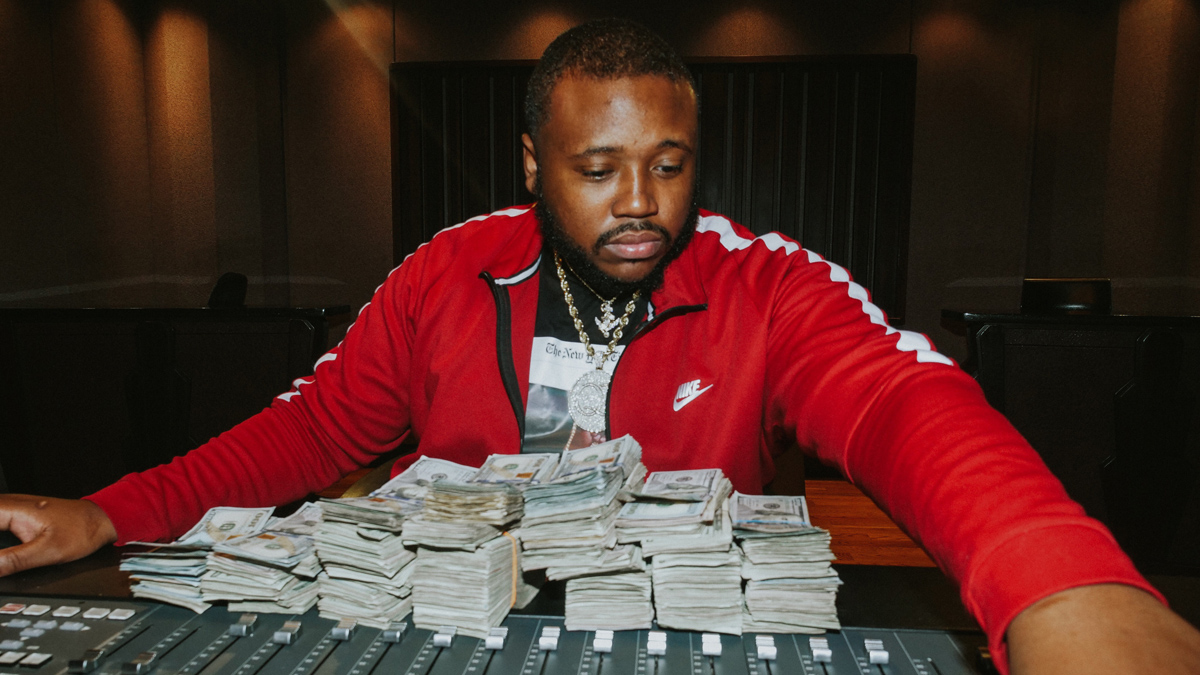Quality Control’s Tillie gives you 11 ways to improve your hip-hop mixes
The man who mixed Migos’s Stir Fry shares his opinions

Atlanta-based label Quality Control Music was founded in 2012 by Pierre “Pee” Thomas and Kevin “Coach K’ Lee, and has the likes of Migos and Lil Yachty on its roster. Cardi B also has a management deal with the label.
Quality Control’s head of recording and mixing engineer is Tillie, who’s worked with not only the artists mentioned above - he mixed Migos’s Motorsport and Stir Fry - but also Drake, Nicki Minaj, Chance the Rapper, Katy Perry, Calvin Harris, Snoop Dogg and many more.
We asked him to offer some advice on how to improve your hip-hop mixes, and he duly obliged...
1. Hit the grid
“Always find the tempo to the song and put the beat on grid, so that all the effects in the session will be on time. It will also make doing your beat drops a breeze.”
2. Listen
“Listen the song's rough mix to try and catch a vibe and feel of where the artist and or producer wants to go with the song. Sometimes, changing the record too much from the original sound makes the song lose its integrity.”
3. Reference
“Reference back and forth next to other great mixed songs with similar sounds.”
4. Test on multiple systems
“Listen to your finished mixes on multiple hi-fi and lo-fi sound systems (studio, car, laptops, iPhones, etc).”
Want all the hottest music and gear news, reviews, deals, features and more, direct to your inbox? Sign up here.
5. Communicate
“Try to be as creative and cutting edge technologically as possible, but always communicate with the artist and their teams throughout the process.”
6. Do your research
“Spend as much time as you can researching the best and newest equipment for your craft.”
7. Look people up
“Look up all the album credits you can to try and figure out who mixed your favourite songs. From there, watch and read all the learning material they and others alike have on YouTube, blogs, books and learning websites.”
8. Say what you think
“When wearing the recording engineer hat, don’t be a yes man. I don’t care how big the artist is. Know your worth and what you can bring to a project. Your job is to help make the project sound as big as possible. Tell an artist if a line or a note sucks! Tell them to do it over until it’s right; don’t settle. Have input on making these records great.”
9. Create the right mood
“Bring a special vibe to the studio - like candles, lights, cookies, etc - or whatever makes the studio less like work and more like fun.”
10. Work on your relationships
“Build relationships! Having a close organic relationship with the artist makes for a more comfortable and productive working environment in which you will make some of the best music of your life. Build relationships with the labels, managers, producers and PRs.”
11. Wait your turn
“Timing is everything. Soak up all the game from anybody who is great around you. Mentorship is a major key. A person that I learn a lot from is Kevin “Coach K” Lee - he shows me different perspectives on the music and business side. You can’t pay for those type of jewels - hold them inside until it’s your turn to be great.”

I’m the Deputy Editor of MusicRadar, having worked on the site since its launch in 2007. I previously spent eight years working on our sister magazine, Computer Music. I’ve been playing the piano, gigging in bands and failing to finish tracks at home for more than 30 years, 24 of which I’ve also spent writing about music and the ever-changing technology used to make it.